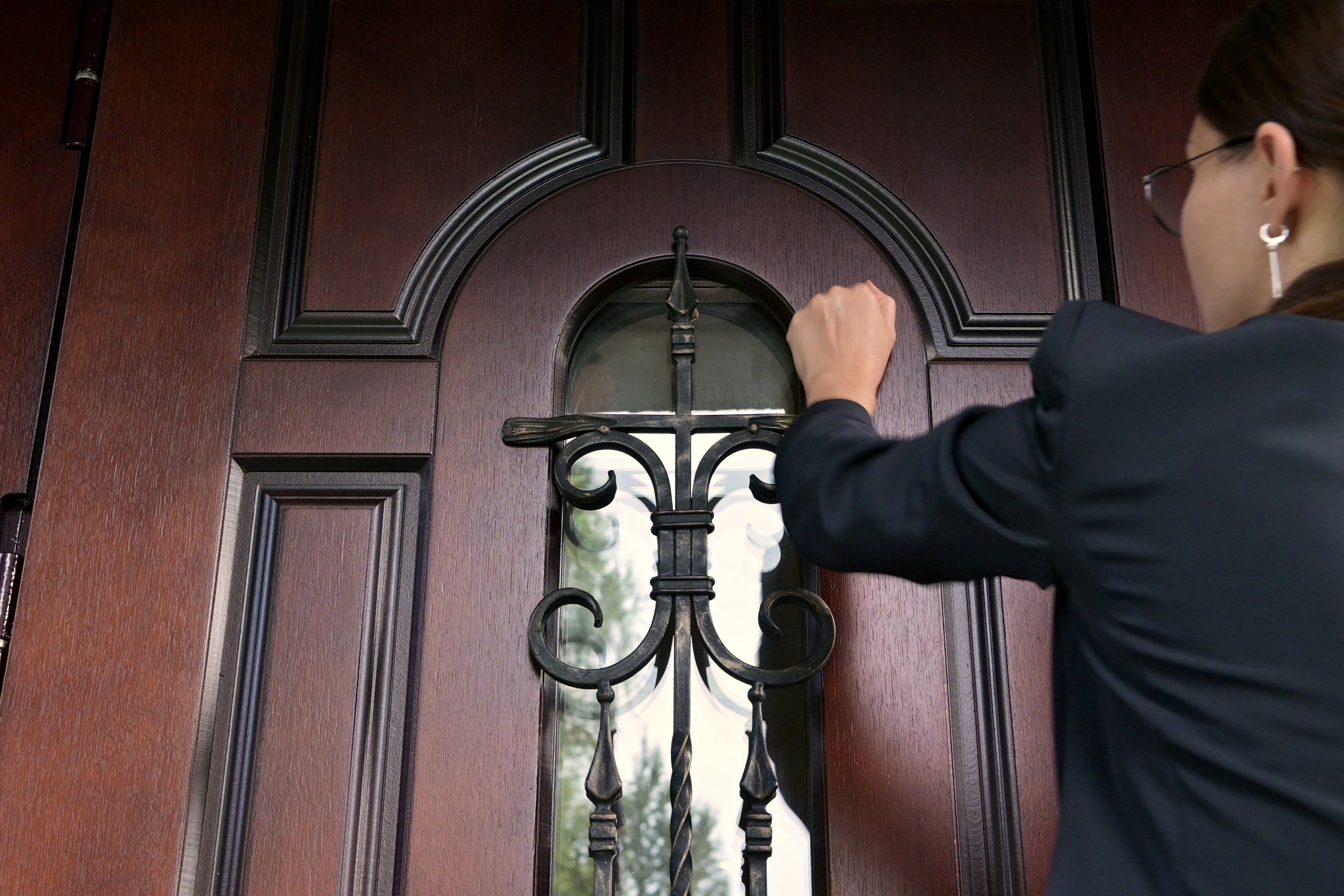Discover the crucial role that occupancy verification inspections play in the real estate industry and why they are essential for various stakeholders.
Understanding the Purpose of Occupancy Verification Inspections
Occupancy verification inspections are conducted by banks during foreclosures to determine whether a property is occupied or vacant. These inspections serve the purpose of validating the occupancy status of a property, which is crucial for the foreclosure process. By verifying whether a property is occupied or vacant, banks can accurately assess the level of risk associated with the property and make informed decisions on how to proceed.
During an occupancy verification inspection, an inspector visits the property and gathers information about its occupancy status. This information includes observing signs of occupancy, such as utilities being turned on, presence of personal belongings, and other indicators that suggest someone is living in the property. The purpose of this inspection is to ensure that the property is not being wrongfully occupied or used for illegal activities.

Benefits of Conducting Occupancy Verification Inspections
Conducting occupancy verification inspections offers several benefits for banks and other stakeholders involved in the foreclosure process. Some of the key benefits include:
- Accurate Risk Assessment: By verifying the occupancy status of a property, banks can accurately assess the level of risk associated with it. This helps them make informed decisions on how to proceed with the foreclosure process.
- Prevention of Wrongful Occupancy: Occupancy verification inspections help prevent wrongful occupancy of foreclosed properties. By identifying properties that are wrongfully occupied, banks can take appropriate legal actions to reclaim the property.
- Mitigation of Property Damage: Inspecting occupied properties allows banks to identify any potential property damage caused by occupants. This enables them to address the issues promptly and minimize further damage.
- Preservation of Asset Value: Occupancy verification inspections help preserve the value of foreclosed properties. By ensuring that the property is well-maintained and not subject to any illegal activities, banks can protect the value of the asset.
- Compliance with Regulatory Requirements: Banks are required to comply with certain regulatory requirements during the foreclosure process. Conducting occupancy verification inspections helps banks fulfill these requirements and avoid any legal issues.

Role of Occupancy Verification Inspections in Risk Mitigation
Occupancy verification inspections play a crucial role in risk mitigation for banks and other financial institutions. These inspections help identify potential risks associated with foreclosed properties and enable banks to take appropriate actions to mitigate those risks. By verifying the occupancy status of a property, banks can assess the level of risk associated with it, such as the risk of property damage, illegal activities, or wrongful occupancy. This information allows banks to make informed decisions on how to manage and mitigate these risks, ensuring the protection of their assets.
Additionally, occupancy verification inspections help banks comply with regulatory requirements related to property inspections and risk management. By conducting these inspections, banks demonstrate their commitment to risk mitigation and regulatory compliance.
Challenges Faced During Occupancy Verification Inspections

While occupancy verification inspections are crucial for the foreclosure process, they come with their own set of challenges. Some of the common challenges faced during these inspections include:
- Limited Access: In some cases, occupants may refuse to grant access to the property, making it difficult for inspectors to verify the occupancy status.
- Deceptive Tactics: Occupants may employ deceptive tactics to make a property appear unoccupied, such as temporarily disconnecting utilities or removing personal belongings. This can pose challenges for inspectors in accurately determining the occupancy status.
- Time Constraints: Inspectors often have limited time to conduct occupancy verification inspections, especially when dealing with a large number of properties. This can make it challenging to thoroughly assess the occupancy status of each property within the given timeframe.
- Changing Occupancy Status: The occupancy status of a property can change over time, especially during the foreclosure process. This can pose challenges in accurately verifying the current occupancy status of a property.
Despite these challenges, occupancy verification inspections remain an essential part of the foreclosure process to ensure the accuracy of information and mitigate risks.
Emerging Trends in Occupancy Verification Inspections

Occupancy verification inspections are constantly evolving to meet the changing needs of the real estate industry. Some of the emerging trends in occupancy verification inspections include:
- Technology Adoption: Inspectors are increasingly relying on technology to streamline the inspection process. This includes using mobile apps to capture data, conducting virtual inspections through video calls, and leveraging data analytics to enhance the accuracy of inspections.
- Enhanced Data Collection: Inspections now involve collecting more comprehensive data about a property, including detailed photographs, videos, and documentation. This helps provide a more detailed and accurate assessment of the property's occupancy status.
- Integration with Property Management Systems: Occupancy verification inspections are being integrated with property management systems to enable real-time updates and better coordination between banks, inspectors, and other stakeholders involved in the foreclosure process.
- Compliance Automation: With the increasing regulatory requirements, occupancy verification inspections are adopting automation tools to ensure compliance. This includes automated scheduling, report generation, and data management to streamline the compliance process.
These emerging trends are expected to further enhance the efficiency and accuracy of occupancy verification inspections, benefiting both financial institutions and other stakeholders involved in the foreclosure process.
The Value of TrendSource Occupancy Verification Inspections for Financial Institutions

TrendSource offers comprehensive occupancy verification inspections, both scheduled and unscheduled (door knocker inspections) that provide significant value to financial institutions. Some of the key benefits of TrendSource occupancy verification inspections include:
- Nationwide Coverage: TrendSource has a wide network of inspectors across the country, allowing for nationwide coverage and quick response times.
- Industry Expertise: TrendSource specializes in the real estate industry and has extensive experience in conducting occupancy verification inspections. Their inspectors are highly trained and knowledgeable, ensuring accurate and reliable inspections.
- Customizable Solutions: TrendSource understands that different financial institutions have unique needs and requirements. They offer customizable solutions tailored to meet the specific needs of each institution.
- Advanced Technology: TrendSource utilizes advanced technology tools and platforms to enhance the efficiency and accuracy of occupancy verification inspections. This includes mobile apps for data collection, real-time updates, and analytics for data analysis.
- Timely Reporting: TrendSource provides timely and detailed reports, allowing financial institutions to make informed decisions quickly. Their reporting includes comprehensive documentation, photographs, and other relevant information.
By partnering with TrendSource for occupancy verification inspections, financial institutions can benefit from their expertise, nationwide coverage, and advanced technology solutions, ensuring efficient and accurate inspections throughout the foreclosure process.


